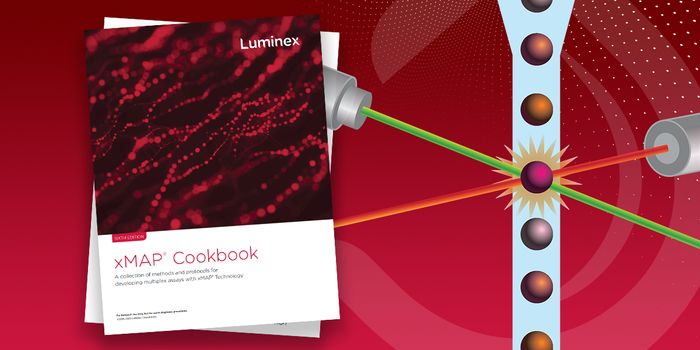Unraveling the Mystery of an Immune Cell Checkpoint
The immune system can get tired when it has to fight against a chronic infection or a disease like cancer. Exhausted T cells might stop functioning properly, making it even harder to overcome the disease. A recently approved immunotherapy can boost worn out immune systems by disrupting the brakes, or checkpoints on the immune system, by interfering with LAG3, an immune checkpoint protein. But researchers did not know exactly how LAG3 functioned, until a new study reported in Nature Immunology.
While LAG3 has been investigated extensively because it has the potential to modulate the immune system, little was known about its mechanism. "It truly was a black box,” said co-senior study author Dario A.A. Vignali, Ph.D., distinguished professor and vice chair of Immunology at the University of Pittsburgh School of Medicine.
By studying PD-1 and CTLA-4, two immune checkpoints, scientists were able to create immune checkpoint inhibitors over a decade ago. They give the immune system more freedom to act, and boost T cell function. An inhibitor of the immune checkpoint LAG3 has now been approved for use in melanoma patients, and 18 other LAG3-inhibitors are being tested. Thanks to the latest study, now we also understand the function of LAG3.
“I believe this is a landmark study," added Vignali. "This will help the development of new LAG3-targeting therapeutics.”
There are several types of T cells; some of them can draw other immune cells to the site of an infection, while another type of T cell can kill cancer or virus-infected cells directly. T cells have receptors that recognize antigens on the surfaces of cells that have to be eliminated from the body. As T cells get run down, the immune response slows because of immune checkpoint proteins.
T cells interact with antigen-presenting cells through connections called immunological synapses, which are loaded with T cell receptors. This study showed that LAG3 doesn't inhibit T cells directly, even though it binds to T cell receptors. “Instead, LAG3 uses T cell receptors to hitch a ride to the immunological synapse,” explained co-senior study author Creg Workman, Ph.D., now a research assistant professor at Pitt.
The researchers determined that as LAG3 builds up at those immunological synapses, acidic conditions are generated. That acidity disrupts the associations between interactive molecules, like CD4 on helper T cells and CD8 on killer T cells, and an enzyme called Lck, which disrupts T cell activation and signaling.
The interaction between LAG3 and MHC Class II molecules was thought to be crucial to LAG3 function and has been targeted by LAG3 drugs. This work has suggested, however, that T cell activity can be suppressed whether or not MHC Class II molecules are present. “This research calls into the question the design of LAG-blocking therapeutics in development,” noted Vignali.
This research could lead to more efficient LAG3 blockers. It may also be applicable to immune diseases that involve excessive inflammation, but in that cause, LAG3 activity would be enhanced to reduce immune activity.
“To help the body fight cancer, you want to release the immune system brakes, but for autoimmunity, you want to pump the brakes harder,” explained Vignali.
Sources: University of Pittsburgh Medical Center, Nature Immunology









